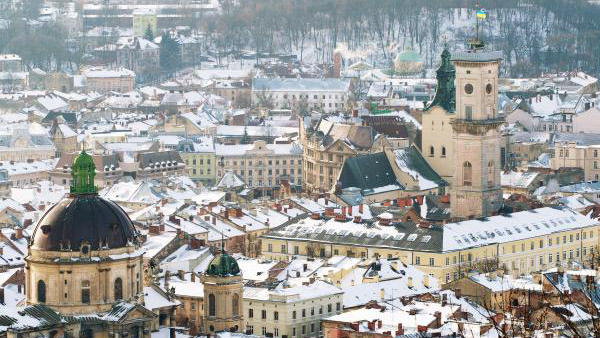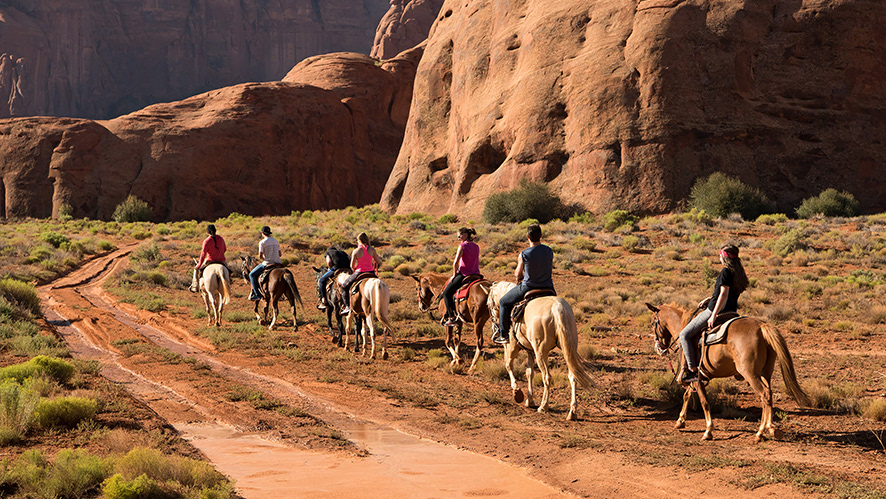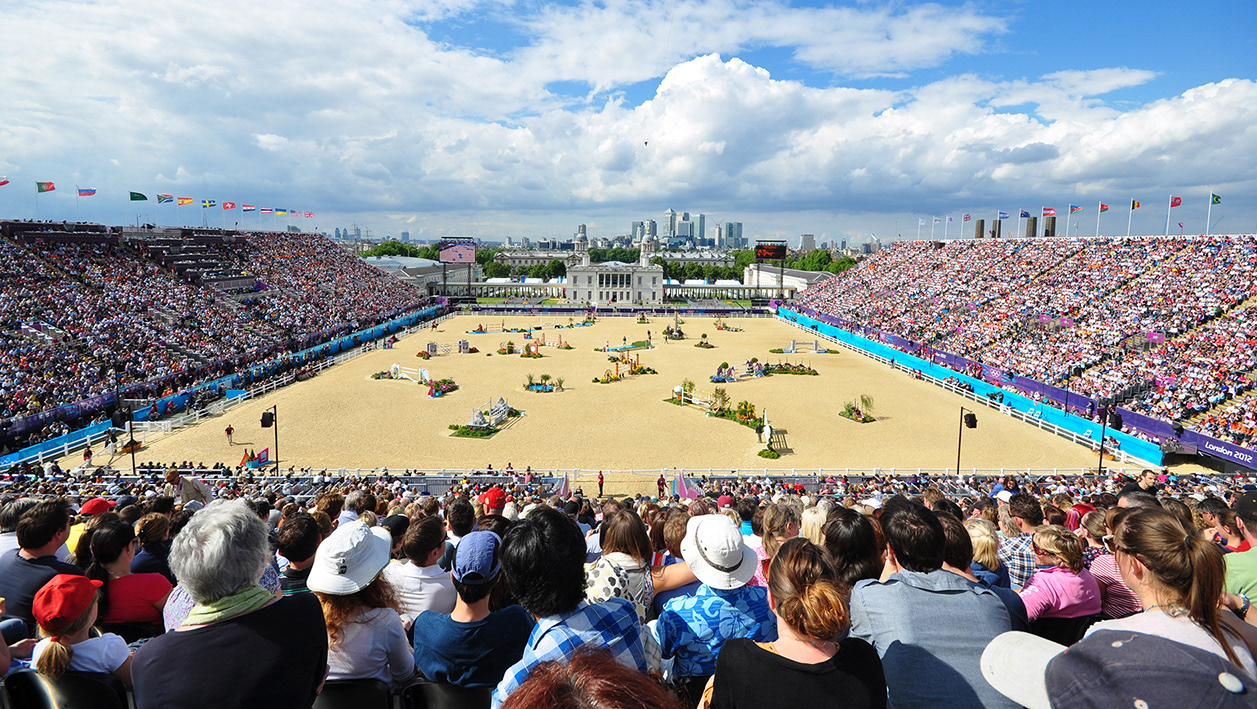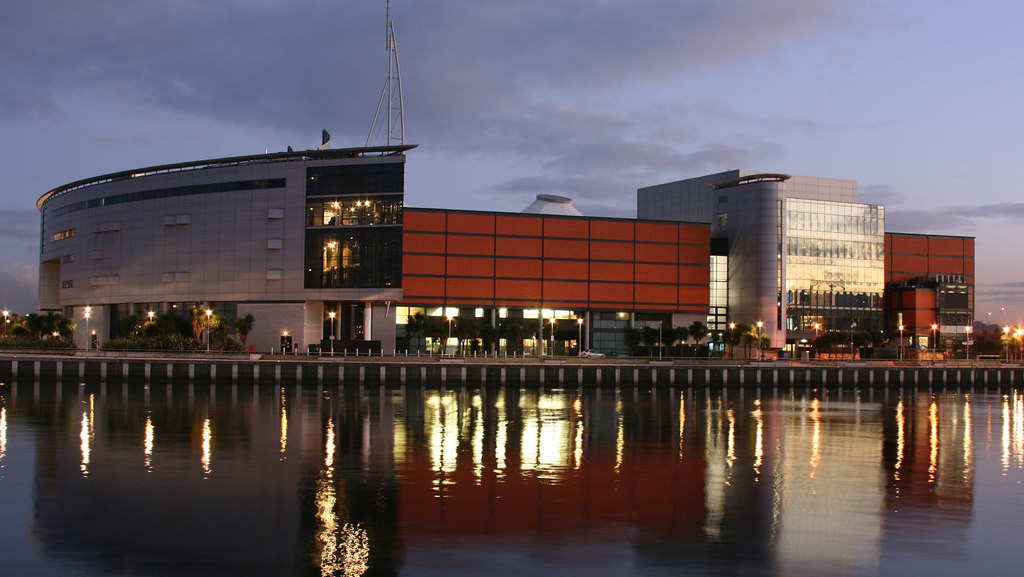Football is at a crossroads. While global audiences balloon, fans protest at ticket prices. Monthly salaries for Premier League players dwarf the debt that can force a lower league team into admin- istration. Modern football stadia mimic airports and hotels in their desire to look like everywhere else. Supporters are increasingly treated like consumers rather than members of a community.
Football is becoming placeless.
It’s a long way from the dawn of association football, born from the urban classes escaping the ev- eryday smog to the parks; the invention of ‘leisure’ saw football among one of the activities that promoted health and a return to nature. Grounds responded to the landscape and the growing tribes that lled them. They were de ned by, and de ning of the community.
There is now a growing feeling that football is an enclave: from their communities, from the law, and from the growing crises on the horizon.
It is time to rediscover the link between football, people and place; it is time to reimagine what a football club t for the twenty first century could look like: grounds for beauty, sustainability, and community - as well as entertainment.
Inspired by the Forest Green Tradition
At Forest Green Rovers, transformation is already under way. From vegan menus, solar panels, and organic pitches, the club is recognizing its responsibilities as a global citizen.
Inspired by this stance, we would like to create a home for Forest Green Rovers, which by sub- verting the expected delivers the world’s most iconic football stadium. It will transform what a stadium could look like, what an enhanced match day experience could be, and how the club can be a wider forum for the community.
We will invite nature, the wild, and play to guide the design. The surrounding neighbourhood will be planted as forest, orchard, and wild ower meadow: theatrical landscapes, providing hidden glens for healthy mobile food and drink, as well as areas for all-year play and adventure. For night games, the forest will become enchanted, using projections and lighting to create a match-day walk like no other - an adventure on the way to an iconic stadium hovering above a glade.
The stadium’s boundaries should be blurred: the forest and ower meadows should become part of the architecture. Using natural architecture, we will build stands that amplify sound; harness- ing natural bioluminescence we will light our stadium to saturate our atmosphere in an ethereal magic. The stadium should power itself where possible, and set new benchmarks for sustainable construction.
A Ground from the Community to the Community.
Can we change the relationship between stadium and fans from the foundations up? Building on Eden’s vocational training and skills programmes, could fans help build and maintain the sta- dium? Could the surrounding landscape be a nishing school for Eden’s tailored horticultural de- grees?
Forest Green, A Theatre of Football
We want to move beyond stadiums being white elephants used 30 times a year. By creating beau- tiful spaces full of play and beauty, the stadium and its surrounds will be a space for everyday family adventures. With football at its heart, we will create landscapes that explore health and well being. Adjustable light-weight roofing will allow events and music in a setting like no other.
Role: Football Technical Advisor & Team Assembly
Client: Forest Green Rovers
Collaboration: Heneghan Peng Architects, Eden Project, Momentum Engineers, Max Fordham Plc
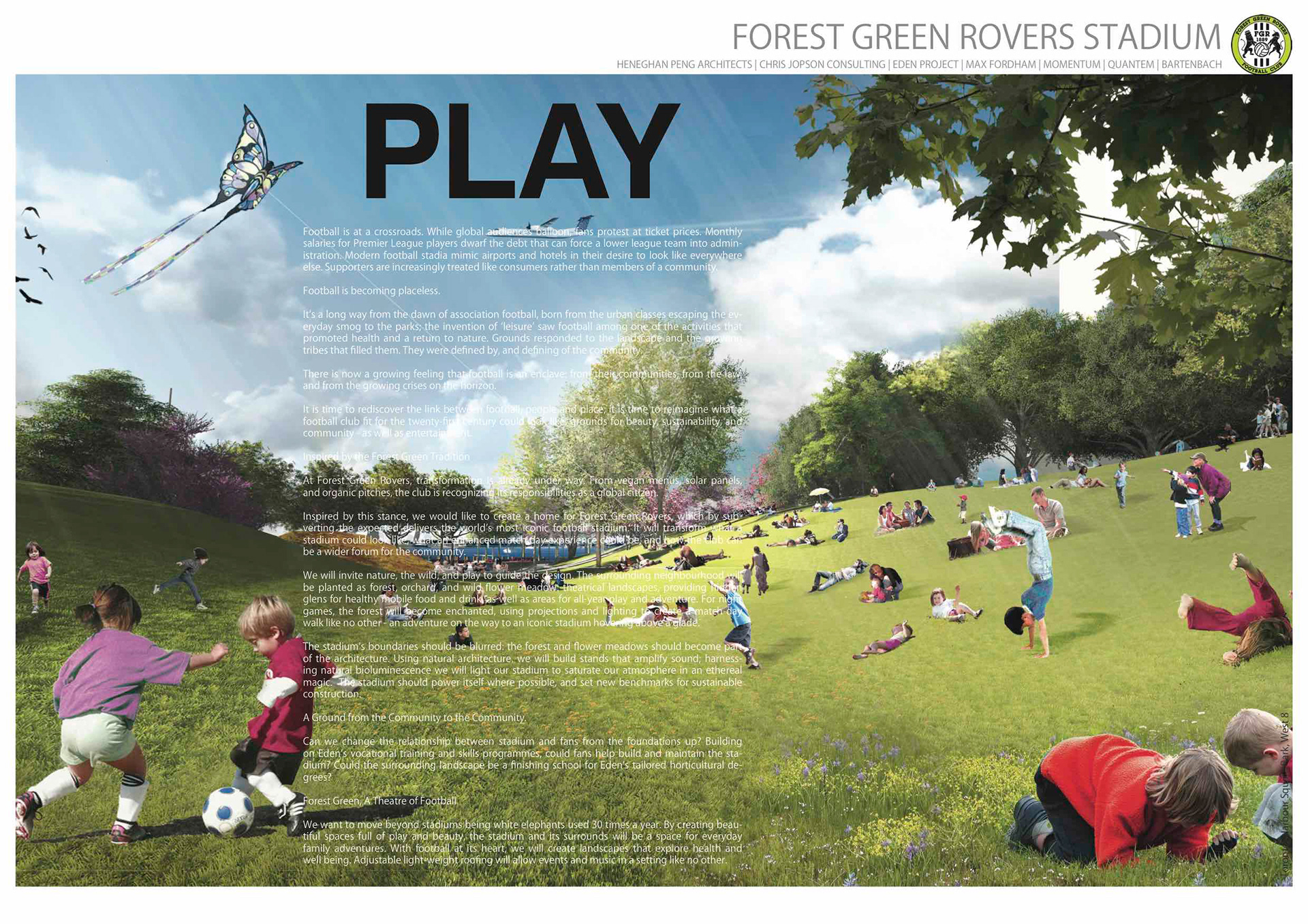
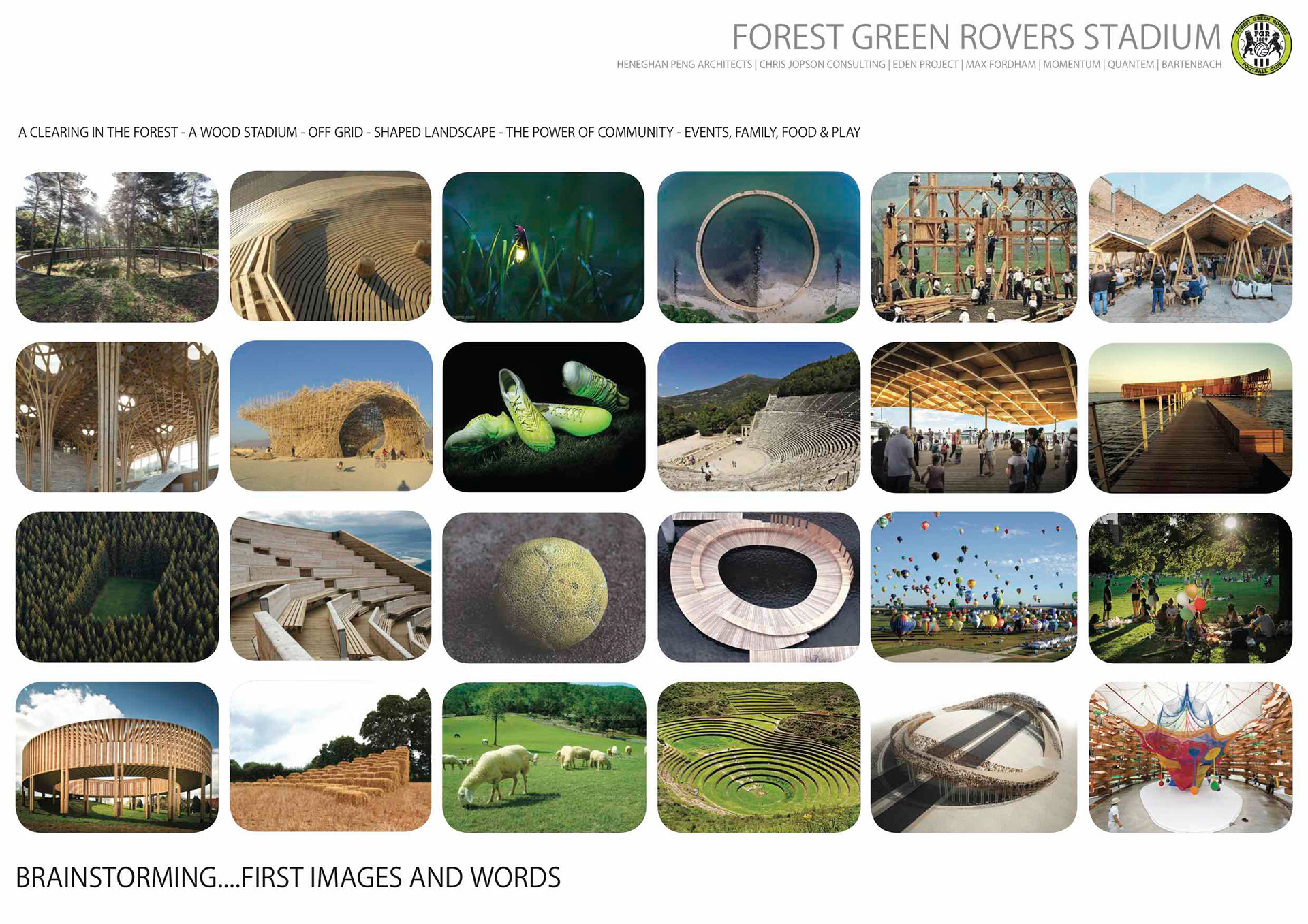




images © Heneghan Peng Architects




